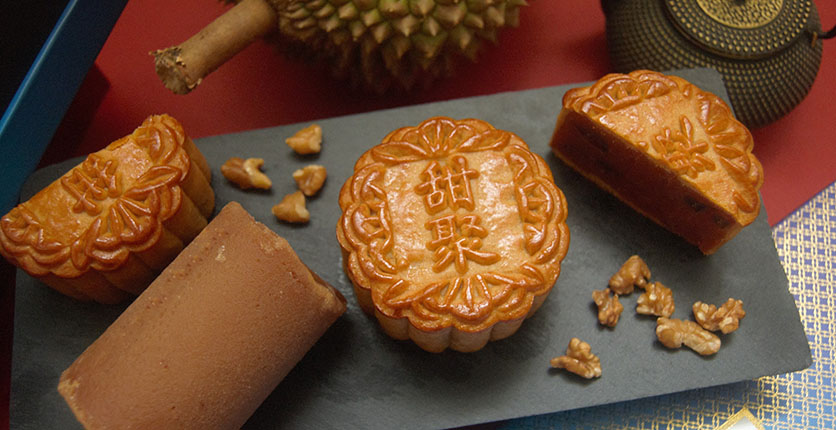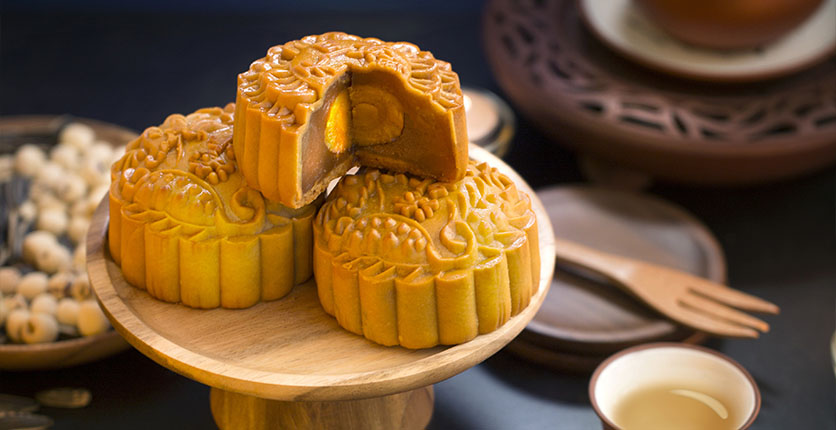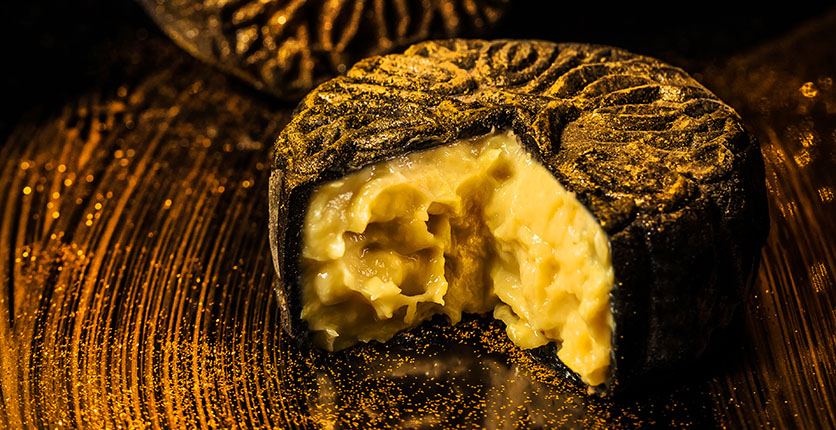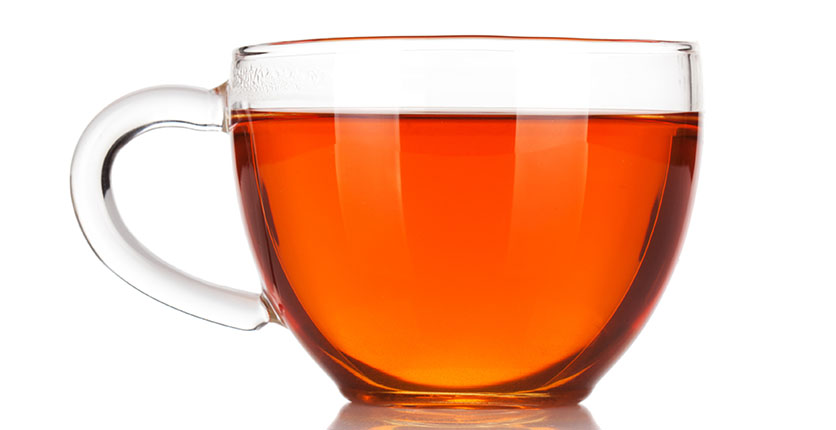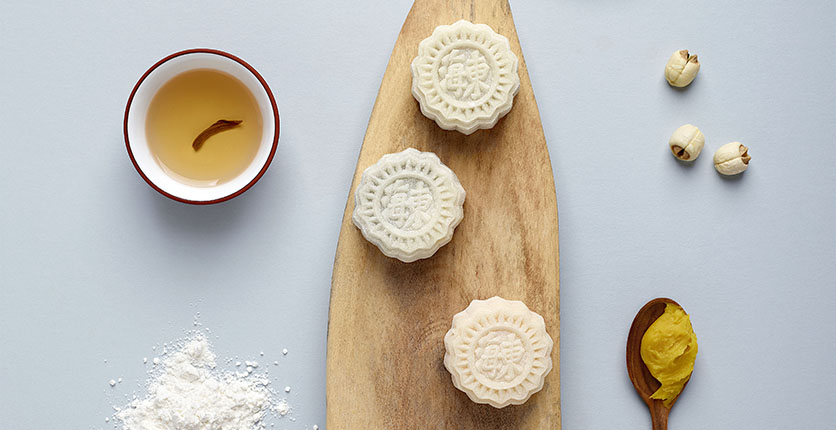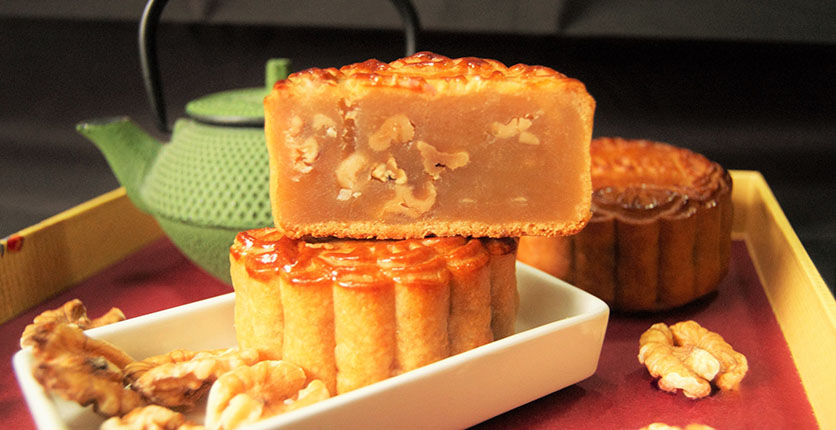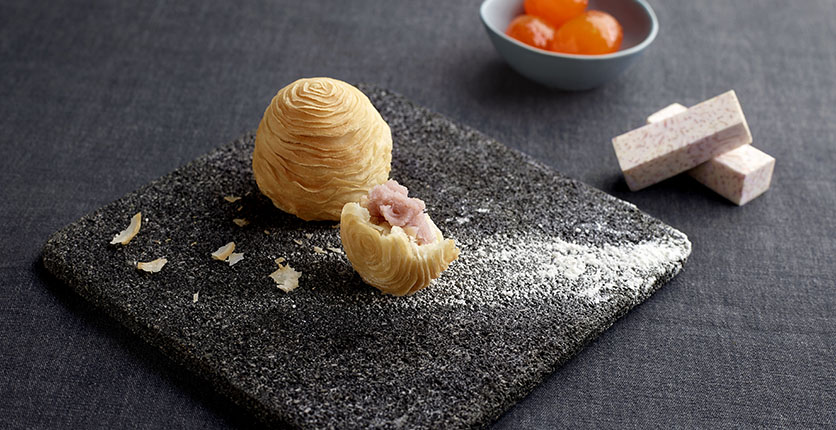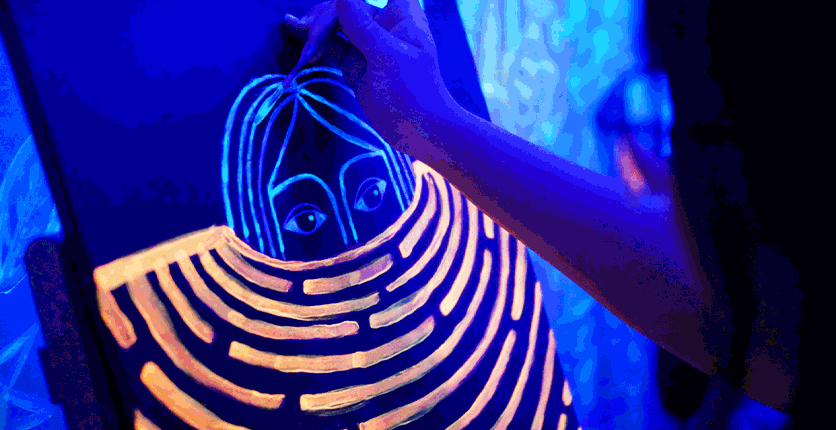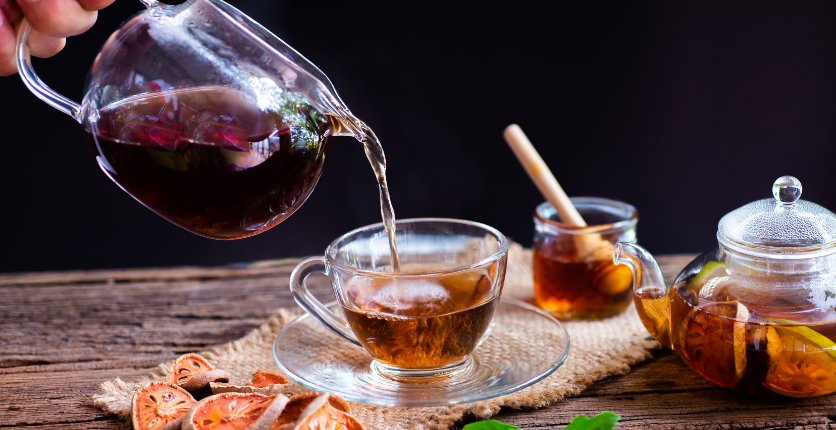The Mid-Autumn Festival mooncakes, which are among the most celebrated sweets in Asia, are often widely savoured with family and friends over steaming hot tea. As pastry chefs create newer and more unique types for the modern-day Mid-Autumn gifting season, it begets the question: What kinds of teas should they be paired with?
Alishia Lim from Golden Moments mooncakes says: “In the beginning, people paired traditional mooncakes with Chinese tea such as tie guan yin, pu-er and so forth. In recent years, there have been teas with floral and fruity undertones for tea-and mooncake pairings.” Go for a similar tea taste profile as the mooncake you’re having, suggests head chef Yuen Chung On of East Ocean Teochew Restaurant. “A good rule of thumb is that the tea should always complement the flavour of the mooncake instead of overpowering it.”
Lydia Lim, director of pastry shop Teaspoon and Love, concurs. “Look for complementary flavours,” she says, adding that mooncake-and-tea pairing is akin to wine-tasting. “You can take a heavier tea for baked mooncakes due to the heavier flavours, whereas for snowskin mooncakes, lighter teas are better suited as they are lighter.”
Yet there are others who believe in a different approach to taste pairing, such as Janine Chan, marketing director of artisanal fine foods brand SUCRE. “The flavours and taste profiles don’t always have to be similar – there is the ‘contrasting’ approach. Sometimes the most opposing flavours can create the most ‘harmonious’ results. For example, pairing a durian mooncake with an equally strong tea like our Enchanted Garden – a blend of black tea with notes of Madagascar vanilla and pomegranate – produces a surprisingly lovely and soothing effect on the palate.”
Ultimately, what’s key is about being adventurous, as Chan believes. “Be daring about pairing the ‘unpairable’. Only then will you be able to fathom the best tea-and-mooncake combinations that suit you.
Durian
Lim advocates for heavier teas such as dark fermented teas or black teas to pair with durian mooncakes. Try a dark roasted oolong tea like Dong Ding Oolong. Nutty flavours complement the bittersweet, milky notes in durian.” She adds: “Pair Mao Shan Wang mooncakes with pu-er or English breakfast tea. For D24 mooncake, opt for tie guan yin or Darjeeling.”
Alcohol-Infused
Yang says teas such as lapsang souchong, which has a smoky flavour, would be a good pairing with alcohol-infused snowskin mooncakes. Chan concurs: “Black teas that are distinctively smoky, such as Russian Earl Grey with a tinge of spiced lemongrass, are perfect to accompany alcohol-infused mooncakes.”
Snowskin
Pair a snowskin mooncake with green teas, as they have a light, bitter aftertaste that pairs well with these dessert-like mooncakes, says Chan. She states: “Try a houjicha, which has a roasted profile with a light, bitter aftertaste. This pairs harmoniously with the sweetness of snowskin mooncake.”
Traditional Lotus Seed
The lotus seed paste filling made from dried lotus seeds is ubiquitous with the baked mooncake that we know today. Yang says: “Oolong or black teas would be a better pairing for traditional mooncakes.” Chan adds: “Pair them with earthy teas. Oolong teas such as Mandarin Oolong and Osmanthus Oolong work well to reduce the overall sweetness of the lotus paste.”
Salted Egg Yolks
Such yolks are in the centre of the delicacy to symbolise the full moon, and are also known for their richness and high calorie content. Yang Yan Qi, tea master of Si Chuan Dou Hua Restaurant, advises: “Choose a pu-er tea – it will pair well for mooncakes with yolks as it is known to reduce bad cholesterol.”
Crispy Yam And Sweet Potato
Mooncakes such as Teochew crispy yam with its flaky and textural crunch work best with certain Chinese teas, chef Yuen suggests. “Pair the crispy yam and purple sweet potato mooncakes with neutral teas such as oolong. Pu-er and tie guan yin also complement well the rich flavour of such mooncakes,” he says.


